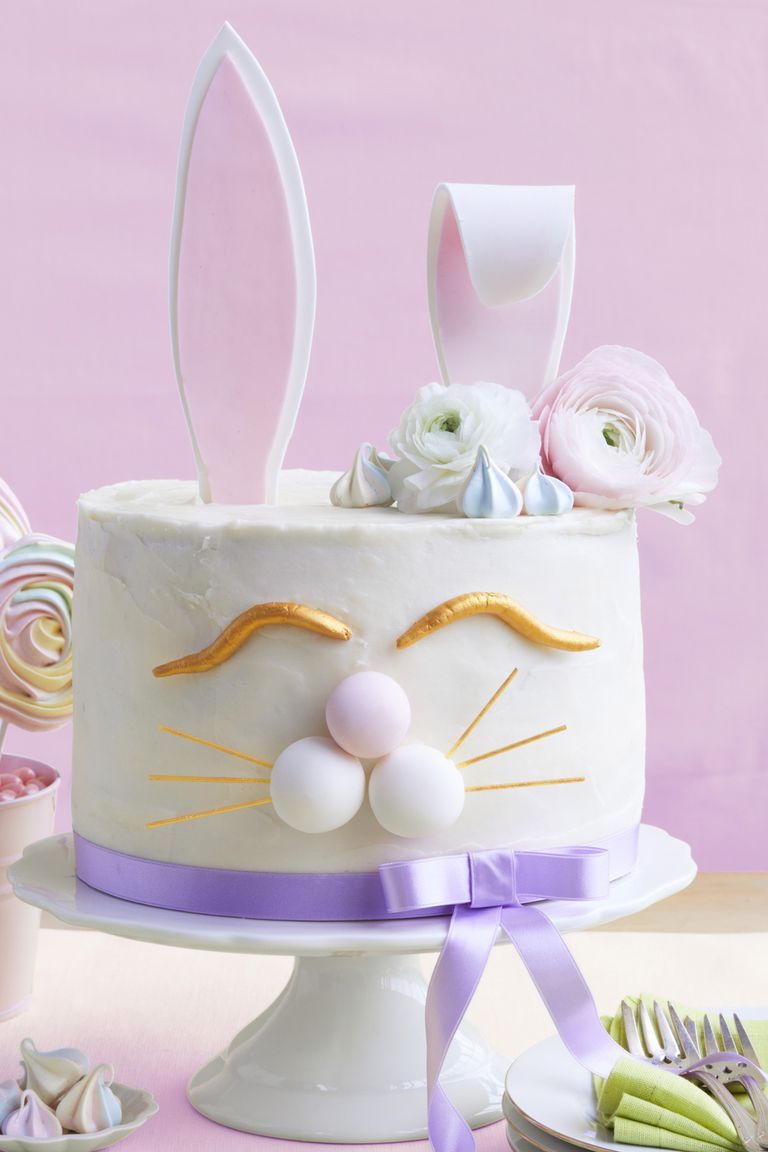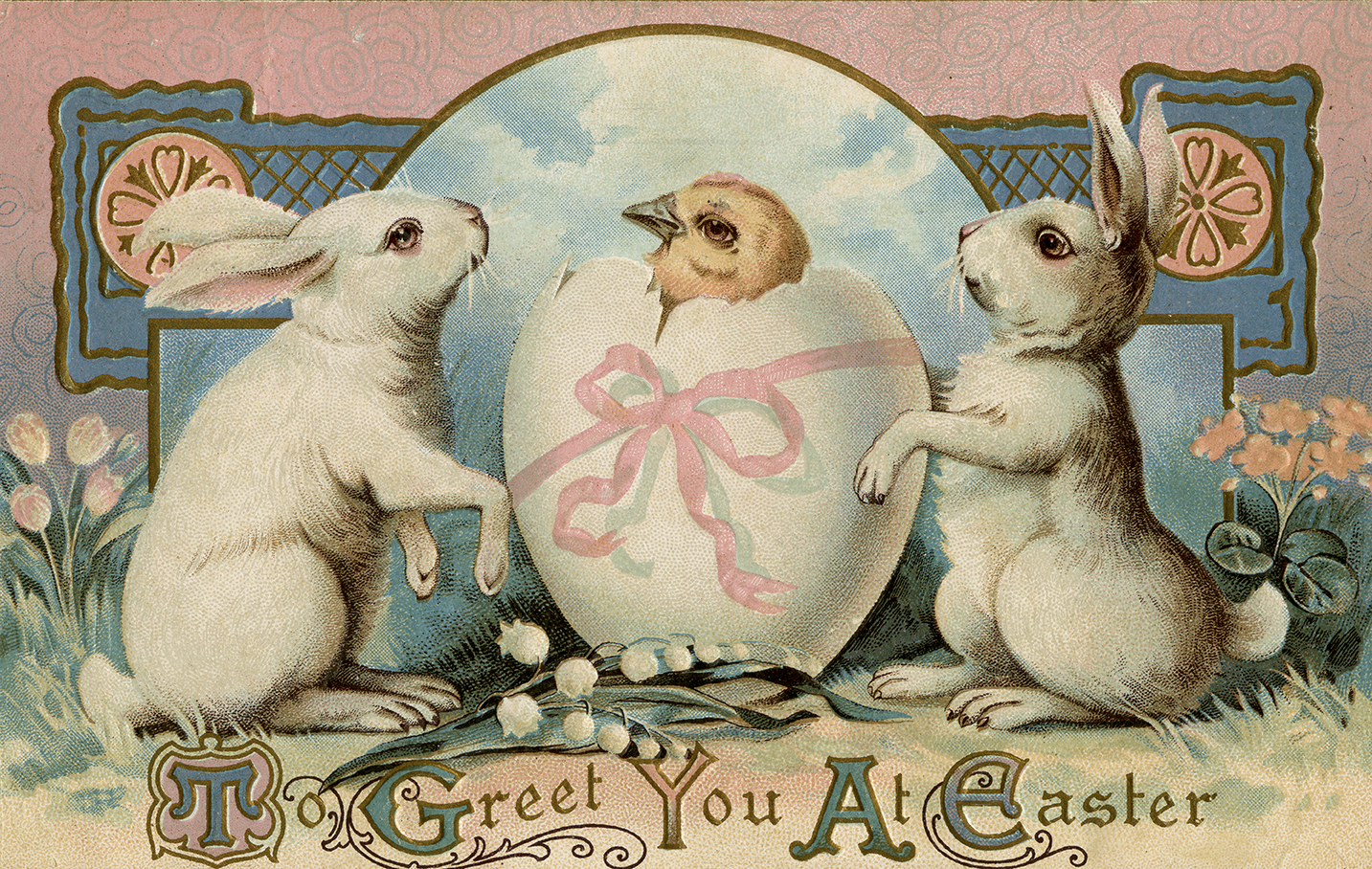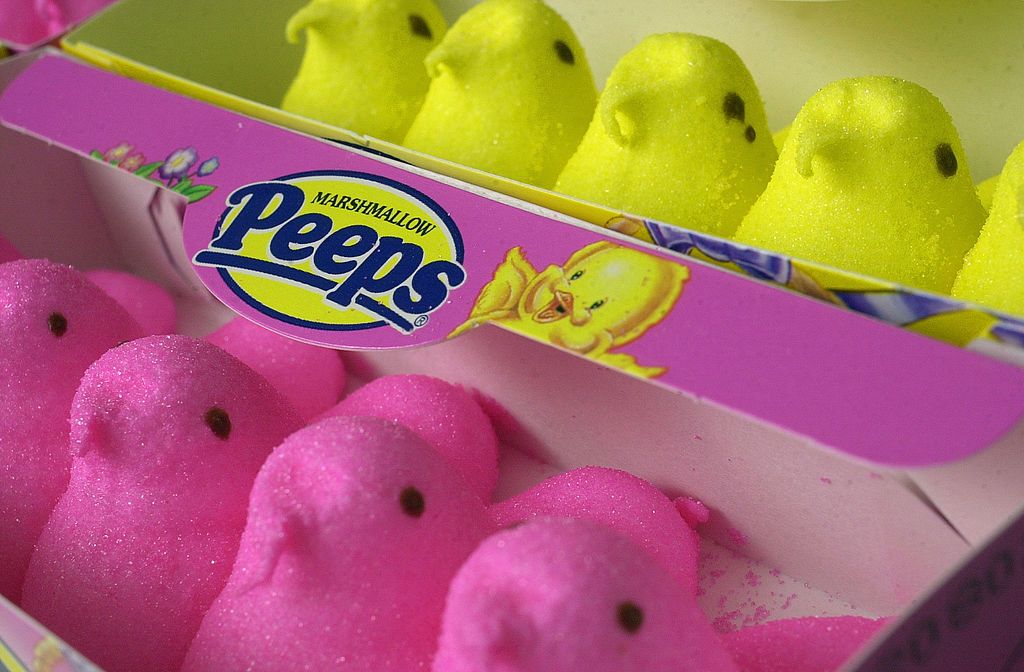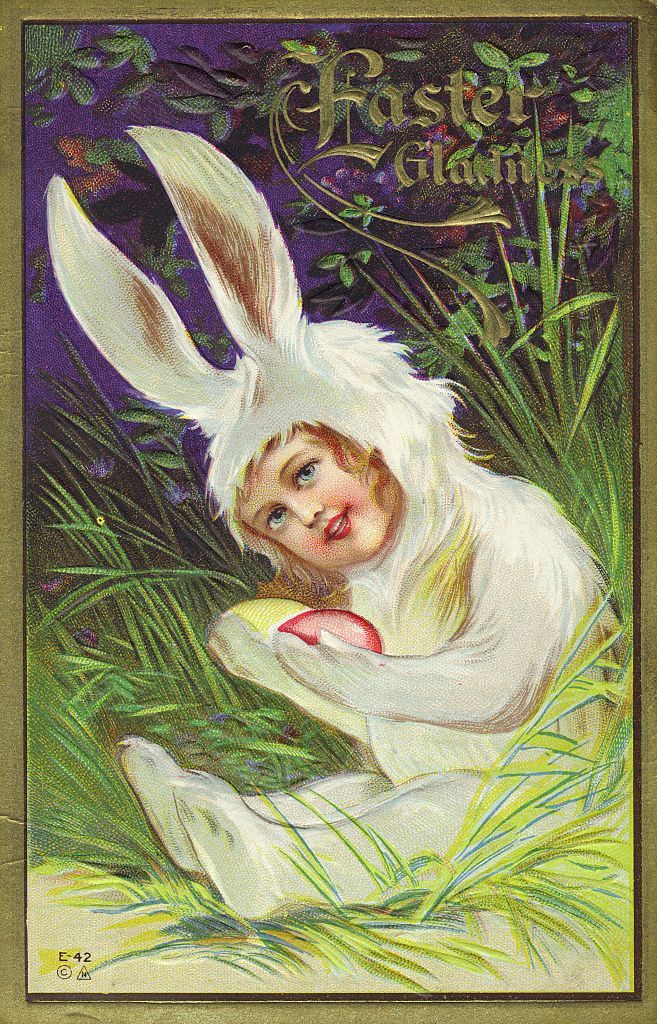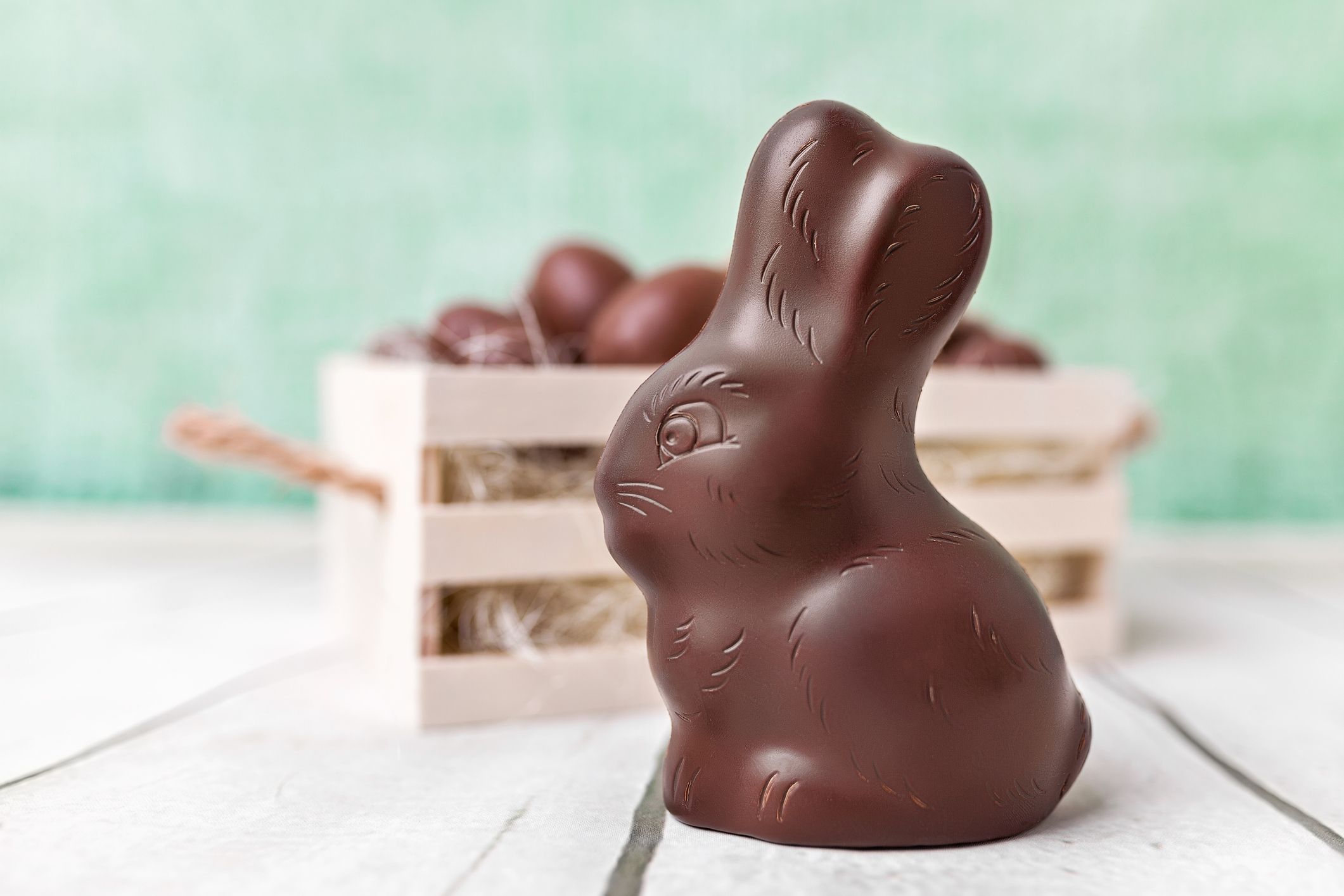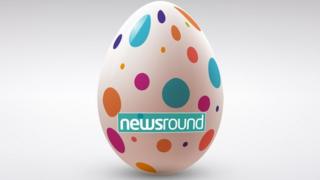What is easter bunny
What is easter bunny
Easter Symbols and Traditions
Contents
Easter traditions and symbols have evolved over time, though some have been around for centuries. While to Christians, Easter is the celebration of the resurrection of Christ, many Easter traditions are not found in the Bible. The most prominent secular symbol of the Christian holiday, the Easter bunny, was reportedly introduced to America by the German immigrants who brought over their stories of an egg-laying hare. The decoration of eggs is believed to date back to at least the 13th century, while the rite of the Easter parade has even older roots. Other traditions, such as the consumption of Easter candy, are among the modern additions to the celebration of this early springtime holiday.
Easter Bunny
Where did the Easter bunny come from? The Bible makes no mention of a long-eared, short-tailed creature who delivers decorated eggs to well-behaved children on Easter Sunday; nevertheless, the Easter bunny has become a prominent symbol of Christianity’s most important holiday. The exact origins of this mythical mammal are unclear, but rabbits, known to be prolific procreators, are an ancient symbol of fertility and new life.
According to some sources, the Easter bunny first arrived in America in the 1700s with German immigrants who settled in Pennsylvania and transported their tradition of an egg-laying hare called “Osterhase” or “Oschter Haws.” Their children made nests in which this creature could lay its colored eggs. Eventually, the custom spread across the U.S. and the fabled rabbit’s Easter morning deliveries expanded to include chocolate and other types of candy and gifts, while decorated baskets replaced nests. Additionally, children often left out carrots for the bunny in case he got hungry from all his hopping.
Did you know? The largest Easter egg ever made was over 25 feet high and weighed over 8,000 pounds. It was built out of chocolate and marshmallow and supported by an internal steel frame.
Easter Eggs
Easter is a religious holiday, but some of its customs, such as Easter eggs, are likely linked to pagan traditions. The egg, an ancient symbol of new life, has been associated with pagan festivals celebrating spring. From a Christian perspective, Easter eggs are said to represent Jesus’ emergence from the tomb and resurrection. Decorating eggs for Easter is a tradition that dates back to at least the 13th century, according to some sources. One explanation for this custom is that eggs were formerly a forbidden food during the Lenten season, so people would paint and decorate them to mark the end of the period of penance and fasting, then eat them on Easter as a celebration.
Recommended for you
8 Fascinating Facts About Ancient Roman Medicine
What Caused Ancient Egypt’s Decline?
The 6 Earliest Human Civilizations
Easter egg hunts and egg rolling are two popular egg-related traditions. In the U.S., the White House Easter Egg Roll, a race in which children push decorated, hard-boiled eggs across the White House lawn, is an annual event held the Monday after Easter. The first official White House egg roll occurred in 1878, when Rutherford B. Hayes was president. The event has no religious significance, although some people have considered egg rolling symbolic of the stone blocking Jesus’ tomb being rolled away, leading to his resurrection.
Easter Candy
Easter is the second best-selling candy holiday in America after Halloween. Among the most popular sweet treats associated with this day are chocolate eggs, which date back to early 19th century Europe. Eggs have long been associated with Easter as a symbol of new life and Jesus’ resurrection. Another egg-shaped candy, the jelly bean, became associated with Easter in the 1930s (although the jelly bean’s origins reportedly date all the way back to a Biblical-era concoction called a Turkish Delight).
According to the National Confectioners Association, over 16 billion jelly beans are made in the U.S. each year for Easter, enough to fill a giant egg measuring 89 feet high and 60 feet wide. For the past decade, the top-selling non-chocolate Easter candy has been the marshmallow Peep, a sugary, pastel-colored confection. Bethlehem, Pennsylvania-based candy manufacturer Just Born (founded by Russian immigrant Sam Born in 1923) began selling Peeps in the 1950s. The original Peeps were handmade, marshmallow-flavored yellow chicks, but other shapes and flavors were later introduced, including chocolate mousse bunnies.
Easter Parade
In New York City, the Easter Parade tradition dates back to the mid-1800s, when the upper crust of society would attend Easter services at various Fifth Avenue churches then stroll outside afterward, showing off their new spring outfits and hats. Average citizens started showing up along Fifth Avenue to check out the action. The tradition reached its peak by the mid-20th century, and in 1948, the popular film “Easter Parade” was released, starring Fred Astaire and Judy Garland and featuring the music of Irving Berlin. The title song includes the lyrics: “In your Easter bonnet, with all the frills upon it/You’ll be the grandest lady in the Easter parade.”
The Easter Parade tradition lives on in Manhattan, with Fifth Avenue from 49th Street to 57th Street being shut down during the day to traffic. Participants often sport elaborately decorated bonnets and hats. The event has no religious significance, but sources note that Easter processions have been a part of Christianity since its earliest days. Today, other cities across America also have their own parades.
Lamb and Other Traditional Easter Foods
Lamb is a traditional Easter food. Christians refer to Jesus as the “Lamb of God,” though lamb at Easter also has roots in early Passover celebrations. In the story of Exodus, the people of Egypt suffered a series of terrible plagues, including the death of all firstborn sons. Members of the Jewish faith painted their doorposts with sacrificed lamb’s blood so that God would “pass over” their homes. Jews who converted to Christianity continued the tradition of eating lamb at Easter. Historically, lamb would have been one of the first fresh meats available after a long winter with no livestock to slaughter.
What Are the Easter Bunny’s Origins? Here’s the Fascinating History of the Easter Bunny
Ever wonder what a cute woodland creature has to do with the holiday?
Legend has it, every year on Easter, a long-eared, cotton-tailed creature hops from house to house to deliver festive baskets full of treats, toys and delicious candy to children and even leaves colorful eggs hidden for them to find! Among other popular Easter traditions like hot cross buns and exciting egg hunts, the Easter Bunny has long been a well-known and popular symbol associated with the religious holiday — but have you ever wondered where the idea of the Easter Bunny came from and how exactly the cute, fluffy woodland creature became such a prevalent symbol of Easter?
There’s actually a lot of history behind the idea of an egg-bearing rabbit on Easter Sunday (and it’s not just because he’s cute!). The Easter Bunny has a long and deeply rooted history in the Christian holiday that even goes back to pagan traditions. Here’s everything you might have wondered about the fascinating origins of the Easter Bunny so you can share the story before you welcome the holiday with chocolate rabbits and plenty of bunny-shaped treats, including where the character comes from, how a rabbit became associated with Easter eggs and how he came to be such a beloved symbol of the holiday over the years.
So, where does the Easter Bunny come from?
As Christians probably already know, the Bible makes no mention of a mythical hare who delivers eggs to children on the day of Jesus Christ’s resurrection so it may be a head-scratcher why exactly a rabbit became a prominent part of one of Christianity’s most important celebrations of rebirth and renewal. One theory, according to Time, is that the symbol of the rabbit stems from the ancient pagan tradition on which many of our Easter traditions are based — the festival of Eostre, which honored the goddess of fertility and spring. The goddess’s animal symbol was a rabbit, which have long traditionally stood for fertility due to their high reproduction rates.
As for how the character of the Easter Bunny made its way to America, History.com reports that it was first introduced in the 1700s by German immigrants to Pennsylvania, who reportedly brought over their tradition of an egg-laying hare named «Osterhase» or «Oschter Haws» from the Old Country. Legend has it, the rabbit would lay colorful eggs as gifts to children who were good, so kids would make nests in which the bunny could leave his eggs and even sometimes set out carrots in case the hare got hungry. Remind you of any other holiday traditions? Eventually, the custom spread across America until it was a widespread Easter tradition. Over time, the fabled bunny’s delivery expanded from just eggs to include other treats such as chocolate and toys. Easter baskets have only gotten more and more elaborate over the years, as one trip to the store this year will tell you.
Why does the Easter Bunny bring eggs?
Since rabbits are mammals (and give birth to live young), it might seem like a case of mistaken biology to say the Easter Bunny lays eggs on the holiday. Adding another miracle to the festivities, perhaps? The answer may lie in combining iconography. Eggs, just like the rabbit, have long been considered an ancient symbol of fertility, rebirth and new life, all associated with the springtime celebration of Easter!
From a Christian perspective, Easter eggs represent Jesus’ resurrection and his emergence from the tomb. According to History.com, the tradition of decorating eggs for Easter may date back to the 13th century, when eggs were traditionally considered a forbidden food during the Lent season. That’s why people decorated them as the fasting period came to an end, to make eating them an even more celebratory way to feast on Easter Sunday.
Of course, if you want to keep your Easter celebrations copacetic with the kids’ science classes, you can always tell them the bunny just brings the eggs and leave the laying to the chickens.
What does the Easter Bunny look like today?
Today, the Easter Bunny is usually depicted as a white rabbit with long ears, often wearing colorful human clothes. You’ll typically find one at Easter parades, mall kiosks and other celebratory events for the holiday, often carrying a basket filled with colorful eggs, chocolate, candy and other treats to give out to kids; just like Santa Claus on Christmas. You can even get their picture taken with the rabbit in some places, if you want a keepsake photo for the holiday.
What Are the Easter Bunny’s Origins? Here’s What History Tells Us
If you’ve ever wondered what a bunny has to do with Easter, this information is for you.
In the U.S., our Easter Sunday celebrations often go hand-in-hand with the Easter Bunny. Young children set out their Easter baskets (sometimes store-bought and sometimes a fun DIY Easter basket creation!) to see what kinds of chocolate bunnies and other special treats the fluffy, mythical creature has left in their baskets overnight. Like Santa Claus and Christmas, the mysterious bunny has no obvious connections to the post-Lent Christian holy day. So why, then, has it become such a prevalent symbol in our modern celebrations?
Whether you’ve always wondered if Easter, like many holidays, is said to have pagan roots, or you’re just curious how this symbol became so popular in the U.S., read on for all the answers you desire. After all, paying a visit to the Easter Bunny is one of many Easter traditions that families participate in every year. Why not figure out why you do it in the first place?
What does a bunny have to do with Easter?
One theory of the Easter Bunny’s origins is that it stemmed from early pagan celebrations around the vernal equinox, says Time. Pagans celebrated the springtime renewal of life, as well as the goddess of dawn and fertility, Eostre, who was often represented by the hare or an egg. As Christianity spread throughout Europe, the celebrations around the vernal equinox may have merged with the observance of Christ’s resurrection, because they both occurred around the same time. Missionaries were said to blend pagan traditions with Christian holidays to make the transition smoother for new believers, so it is possible that the celebrations of Eostre and the resurrection of Christ became one.
The earliest evidence of a more modern Easter Bunny dates back to the 1600s, when it’s first mentioned in German writings, reports Mental Floss. This rabbit, called «Oschter Haws,» or Easter hare, was believed to lay a nest of colorful eggs for children who were well-behaved. It is believed that sometimes these children left carrots in their nests for the bunny, in case he got hungry during his nighttime escapades.
Is the Easter Bunny real?
While there is no actual bunny that once served as the iconic hare, the legendary egg-laying rabbit is said to have been brought to America by German immigrants in the 1700s, according to History. As mentioned, children would make nests for Oschter Haws to leave behind eggs. The tradition spread throughout the U.S., where the hare’s gifts eventually became chocolates, candies, and small treats, and the nests were replaced by baskets with shredded «grass.» Today’s baskets are often far more elaborate and include toys, candy, and money or change hidden inside plastic eggs. Chocolate bunny figurines also originated in Germany, where they began making pastries for the fabled rabbit in the 1800s.
Why is it the Easter Bunny and not a chicken?
As previously mentioned, the rabbit and the egg became intertwined with the spring holiday because of their pagan roots representing fertility and rebirth. It seems possible that these two images merged into the egg-laying rabbit of German lore, instead of a (practical) chicken.
Regardless of who’s laying them, eggs are a prominent Easter image that have come to represent Christ’s emergence from the tomb and resurrection, says History . One possible reason for decorating eggs is that they were adorned for enjoyment on Easter morning once Lenten fasting was finished.
Whether it was pagan or Christian associations with the rabbit that ultimately influenced the Germans, we may never know. But one thing is certain: The Easter Bunny will continue to bring joy and excitement to children across the country every Easter Sunday, including this year on April 17.
What’s the Origin of the Easter Bunny?
E aster is the Christian celebration of the resurrection of Jesus, but the seasonal chocolate eggs and the bunny who delivers them are nowhere to be found in scripture.
The exact origins of the Easter bunny are clouded in mystery. One theory is that the symbol of the rabbit stems from pagan tradition, specifically the festival of Eostre—a goddess of fertility whose animal symbol was a bunny. Rabbits, known for their energetic breeding, have traditionally symbolized fertility.
Get our History Newsletter. Put today’s news in context and see highlights from the archives.
Thank you!
Eggs are also representative of new life, and it’s believed that decorating eggs for Easter dates back to the 13th century. Hundreds of years ago, churches had their congregations abstain from eggs during Lent, allowing them to be consumed again on Easter. According to History.com, in the 19th century Russian high society started exchanging ornately decorated eggs—even jewel encrusted—on Easter.
But how did the Easter Bunny begin delivering eggs on American shores? According to History.com, the theory with the most evidence is that the floppy-eared bearer of candy came over with German immigrants:
According to some sources, the Easter bunny first arrived in America in the 1700s with German immigrants who settled in Pennsylvania and transported their tradition of an egg-laying hare called “Osterhase” or “Oschter Haws.” Their children made nests in which this creature could lay its colored eggs. Eventually, the custom spread across the U.S. and the fabled rabbit’s Easter morning deliveries expanded to include chocolate and other types of candy and gifts, while decorated baskets replaced nests. Additionally, children often left out carrots for the bunny in case he got hungry from all his hopping.
Bunnies aren’t the animal traditionally associated with Easter in every country. Some identify the holiday with other types of animals like foxes or cuckoo birds.
Newsround
17 Apr 2022 17 April 2022
The Bible says that Christ died on the cross on a day called Good Friday. According to the Bible, Jesus was then resurrected and came back to life on Easter Sunday.
Easter is on different dates each year, between 21 March and 25 April, depending on when there’s a full moon in Spring.
Many Christians usually spend time at church in thought, prayer and celebration of Jesus Christ’s life, and may get together with friends and family for a special meal.
More Easter stories
But where do these modern traditions come from?
A lot of us may chomp on chocolate eggs at Easter, but originally eating eggs was not allowed by church leaders during the week leading up to Easter (known as Holy Week).
So any eggs laid that week were saved and decorated to make them Holy Week eggs, that were then given to children as gifts.
Victorians adapted the tradition with satin-covered cardboard eggs filled with Easter gifts.
This has now developed into the tradition that many people enjoy today.
The first chocolate eggs appeared in France and Germany in the 19th Century, but they were bitter and hard.
As chocolate-making techniques improved, hollow eggs like the ones we have today were developed.
They very quickly became popular and remain a favourite tradition with chocolate-lovers today.
The story of the Easter Bunny is thought to have become common in the 19th Century.
Rabbits usually give birth to a big litter of babies (called kittens), so they became a symbol of new life.
Legend has it that the Easter Bunny lays, decorates and hides eggs as they are also a symbol of new life.
This is why some children might enjoy Easter egg hunts as part of the festival.
It doesn’t do all the work alone though!
In Switzerland, Easter eggs are delivered by a cuckoo and in parts of Germany by a fox.



